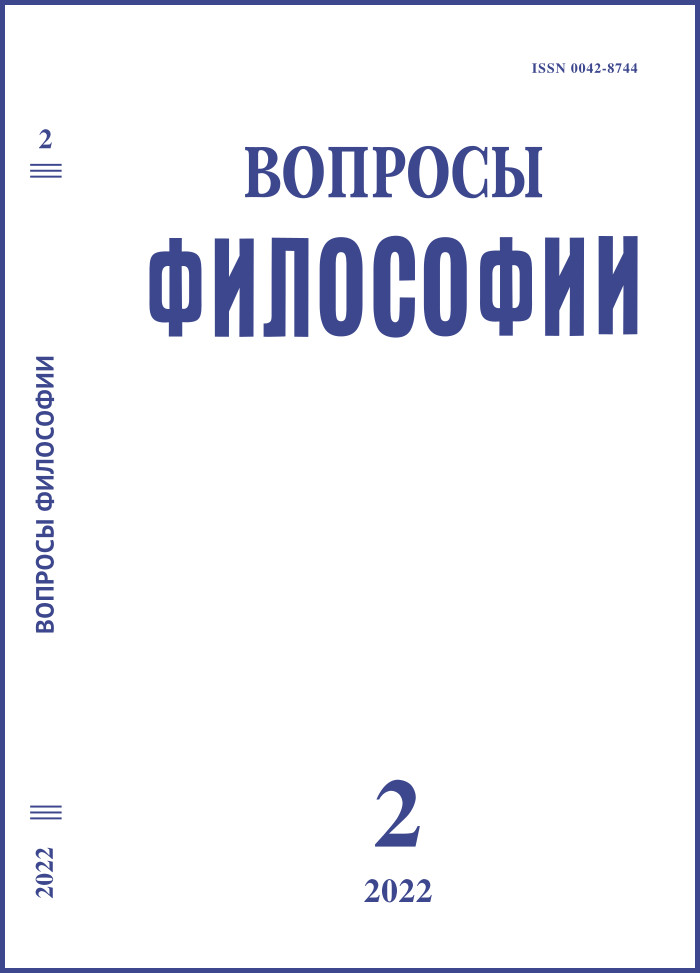Paradigms of the Image and the Word in Early Italian Renaissance Culture
DOI:
https://doi.org/10.21146/0042-8744-2022-2-39-49Keywords:
word, image, theory of literature, painting theory, Italian Renaissance.Abstract
The article is devoted to the study of the theoretical explication of lore and visual praxis. The research is deal with particular methods of both types of artistic endeavor, as well as to the study of the nature of visual and verbal images. The article is also related to comprehend the fundamental idea of the general correlation of verbal and visual principles in this period. It is aimed to show how the culture itself has been turning towards visuality and it is also proposed to investigate how personal experience could be turned out to be at the same time the universal experience of mankind. The research is focused on how experience, direct comprehension of reality and concept of universe’s diversity have switched the paradigm of the word to the image paradigm in the culture of the period under review. It is interesting mainly due to the fact that in the era of the Italian Renaissance one of the most significant changes has been made not only in history of figurative systems (icon – painting), but also in essential cultural concept (verbal – visual). In the article the author explores how visual arts (and painting in particular) had come up to be not only the surface of the Italian Renaissance but to affect so intense on modern art values.
Published
Versions
- 2025-02-06 (2)
- 2022-02-28 (1)

